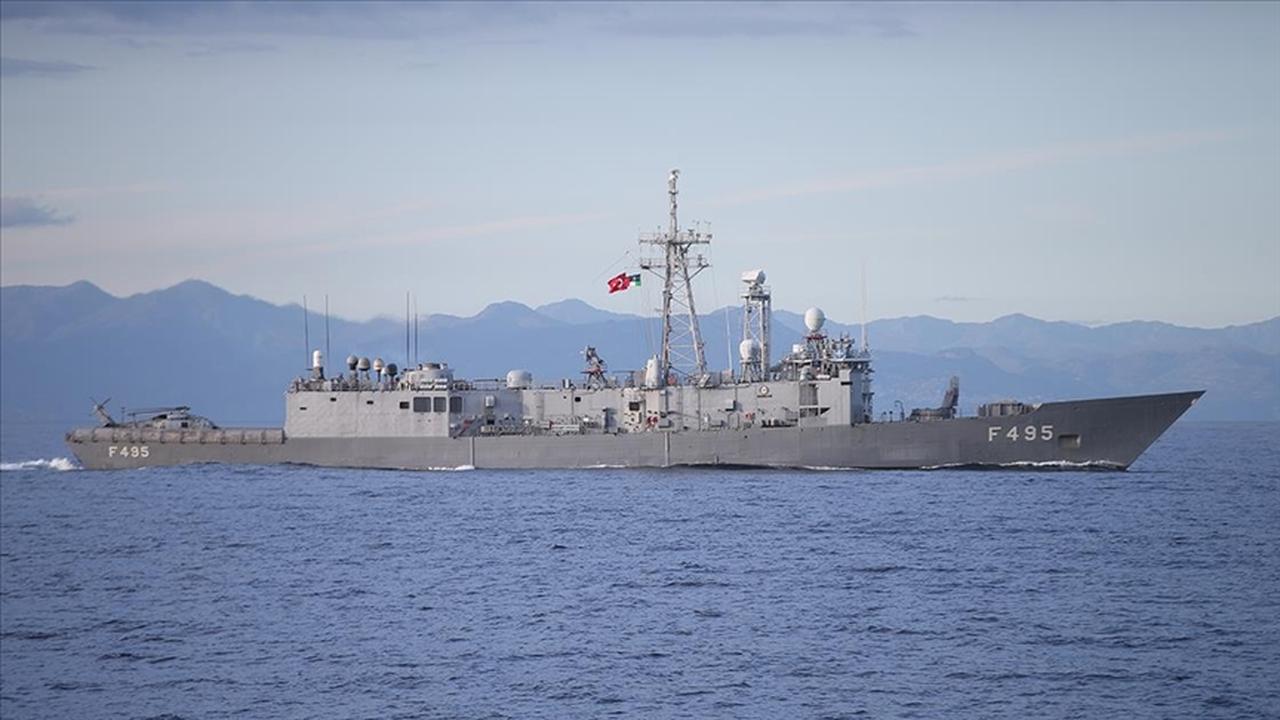
The Turkish navy announced plans to modernize four Gabya-class frigates with indigenous Atmaca anti-ship missiles, extending the operational life of the former U.S. Oliver Hazard Perry-class vessels by at least another decade.
STM's head of Combat Systems Enver Kucukerman revealed the modernization program during the 12th Naval Systems Seminar, stating that the upgrade will be completed by the end of 2027's first quarter.
The modernization program extends beyond the Gabya-class frigates to include three Ada-class corvettes and Barbaros-class frigates currently undergoing modernization, all of which will receive the Turkish-made Atmaca anti-ship missiles.
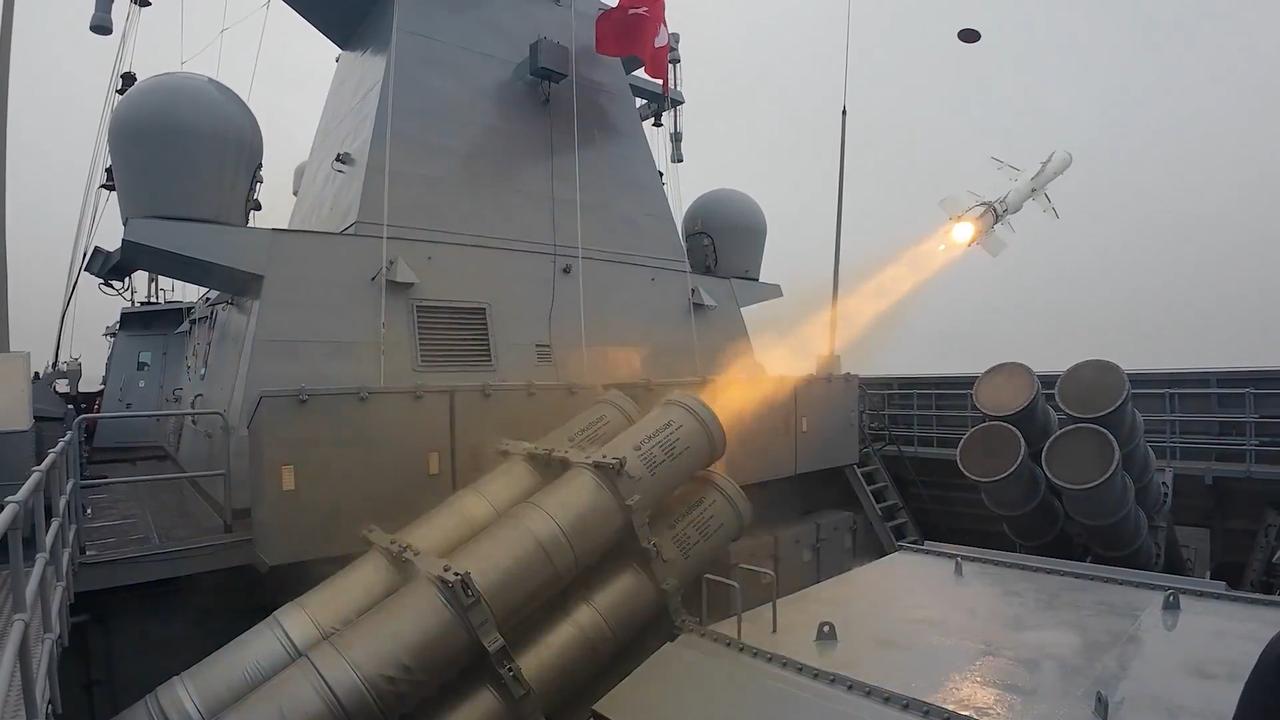
The decision to equip aging frigates with advanced missile systems indicates the Turkish Navy's commitment to extending the operational capability of existing platforms through indigenous technology integration.
Military analysts suggest that the frigates selected for Atmaca integration will likely be those already fitted with eight-cell Mk41 Vertical Launch System modules for RIM-162 ESSM missiles, providing a comprehensive air and surface defense capability.
Despite their considerable age, the combination of RIM-162 ESSM air defense missiles and Atmaca anti-ship missiles will maintain the vessels' relevance in modern naval operations for the foreseeable future.
Türkiye's approach to extending frigate service life through modern missile systems parallels Taiwan's strategy with Cheng Kung-class frigates, which are also former Oliver Hazard Perry-class vessels.
Taiwan equipped its frigates with Hsiung Feng II/III anti-ship missiles and an additional 40mm L70 naval guns, maintaining significant anti-surface warfare capabilities through comprehensive modernization programs.
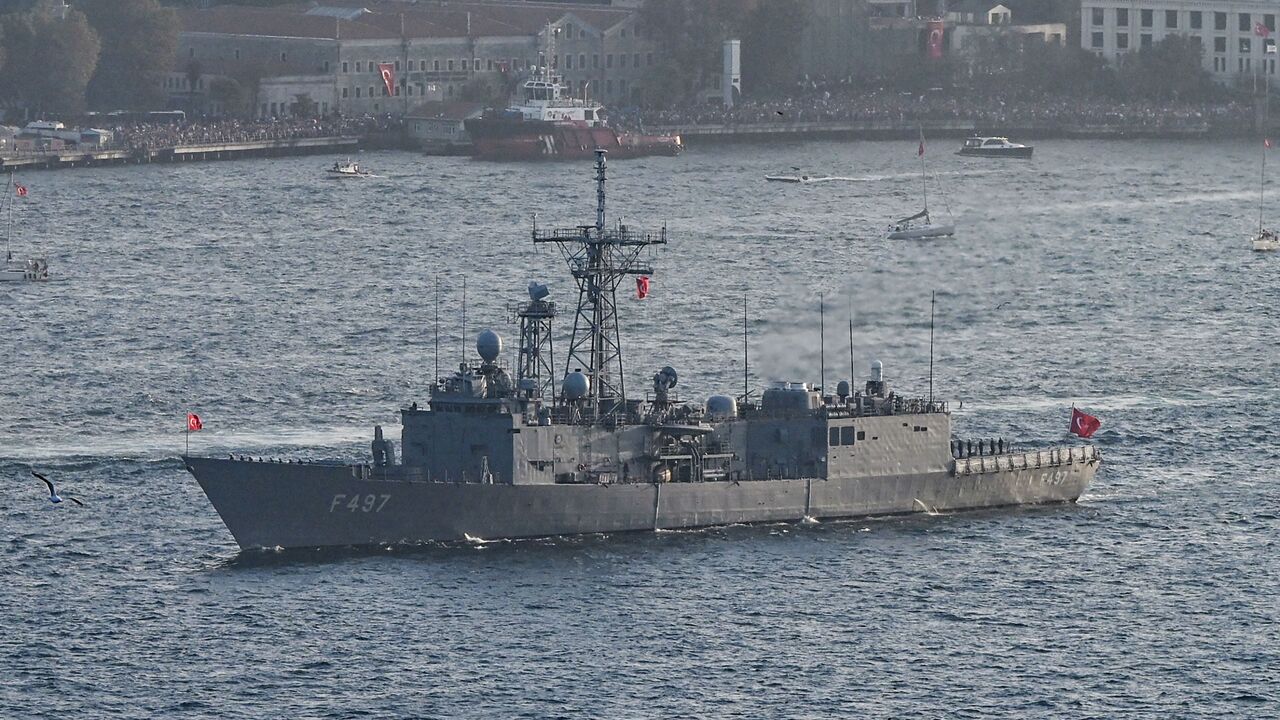
The Atmaca missile system offers significant improvements over the legacy Harpoon missiles currently deployed on Gabya-class frigates. The indigenous system provides a maximum range of 250 kilometers compared to the Harpoon's 124-kilometer range.
The missile features advanced guidance systems, including an inertial navigation system (INS), global positioning system (GPS), barometric altimeter, and radar altimeter for navigation, while an active RF seeker provides high-precision target engagement.
Atmaca has demonstrated operational effectiveness in GPS-denied scenarios and challenging electronic warfare environments, proving its resilience against modern countermeasures.
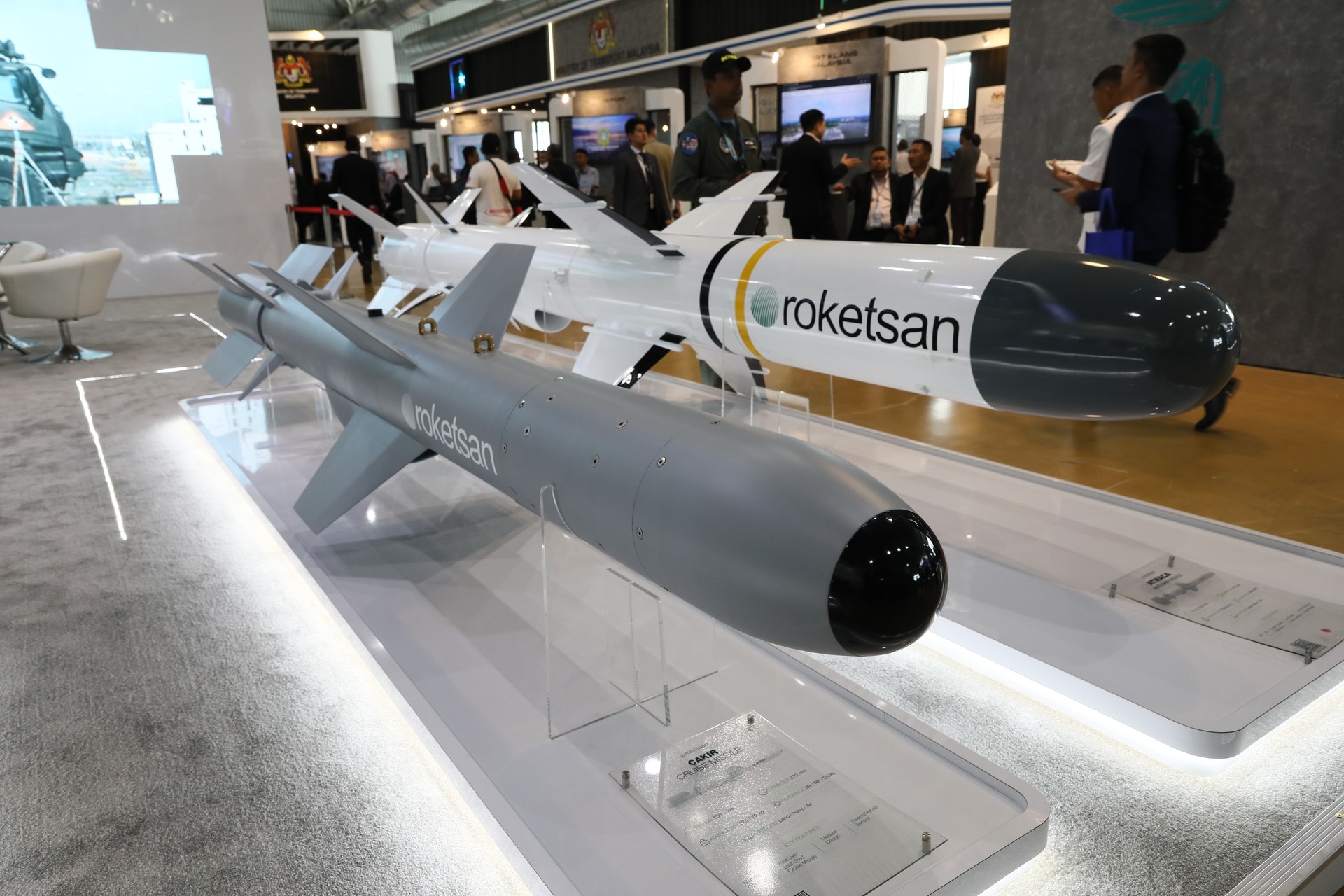
The Atmaca anti-ship missile measures between 4.3 and 5.2 meters in length with a weight of less than 750 kilograms. The system carries a 220-kilogram high-explosive fragmentation warhead designed for effective penetration.
Key operational features include autonomous operation, low radar cross-section design, all-weather capability, and resistance to electronic countermeasures. The missile supports advanced engagement modes including time on target (ToT), designated time on target (DToT), and simultaneous time on target (SToT) capabilities.
The system's data link provides 3D mission planning capabilities, target updates, re-attack options, and mission termination commands, offering operational flexibility during complex scenarios.
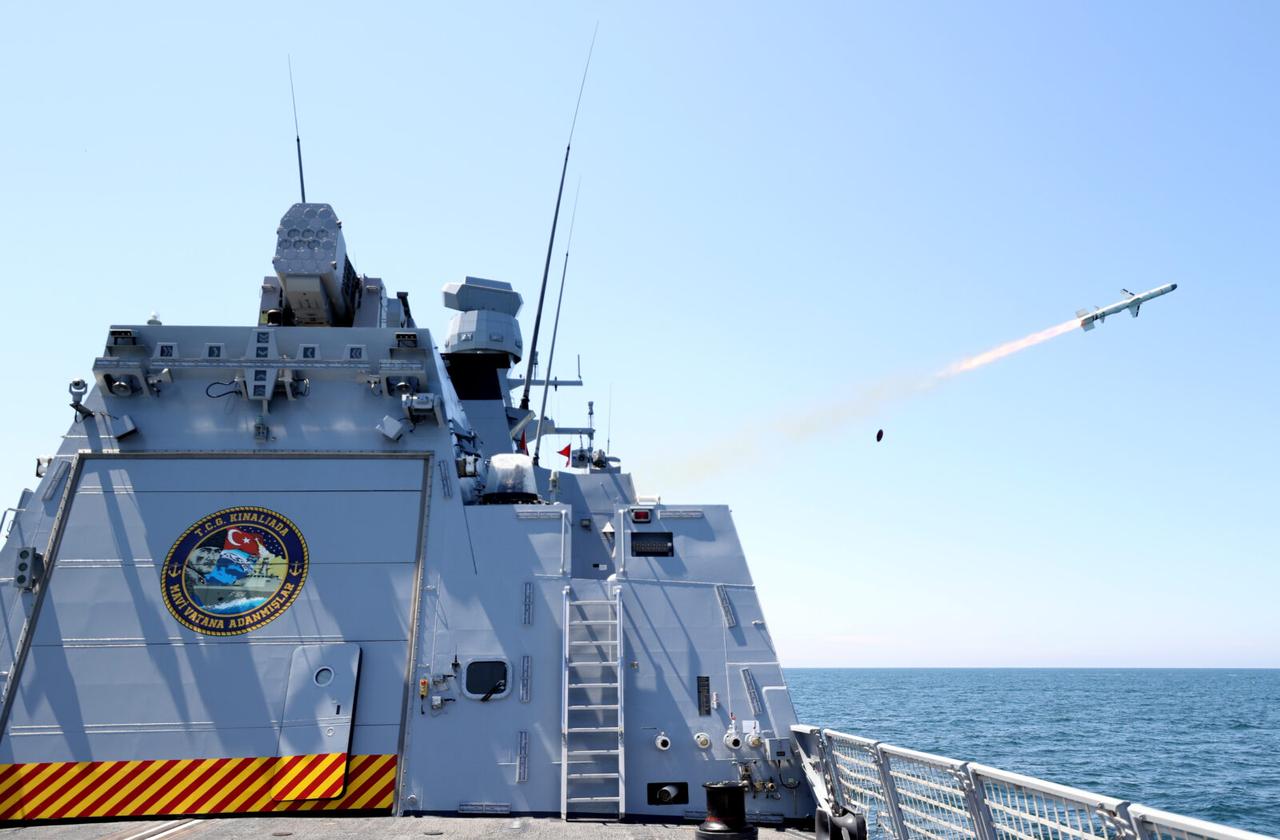
Roketsan began developing the Atmaca missile in 2009 to meet Turkish Naval Forces' surface-to-surface cruise missile requirements, with design studies commencing in September 2012.
The first ship-launched test occurred on Nov. 3, 2019, conducted from TCG Kinaliada, an Ada-class corvette. Following extensive testing in various scenarios, including GPS-free operations and electronic warfare environments, the missile achieved initial operational capability (IOC) in June 2021.
The missile initially used the French TR40 turbojet engine, which was recently replaced by Kale's indigenous KTJ-3200 engine. The same engine has been selected for the Brazil-UAE joint anti-ship missile MANSUP-ER program.